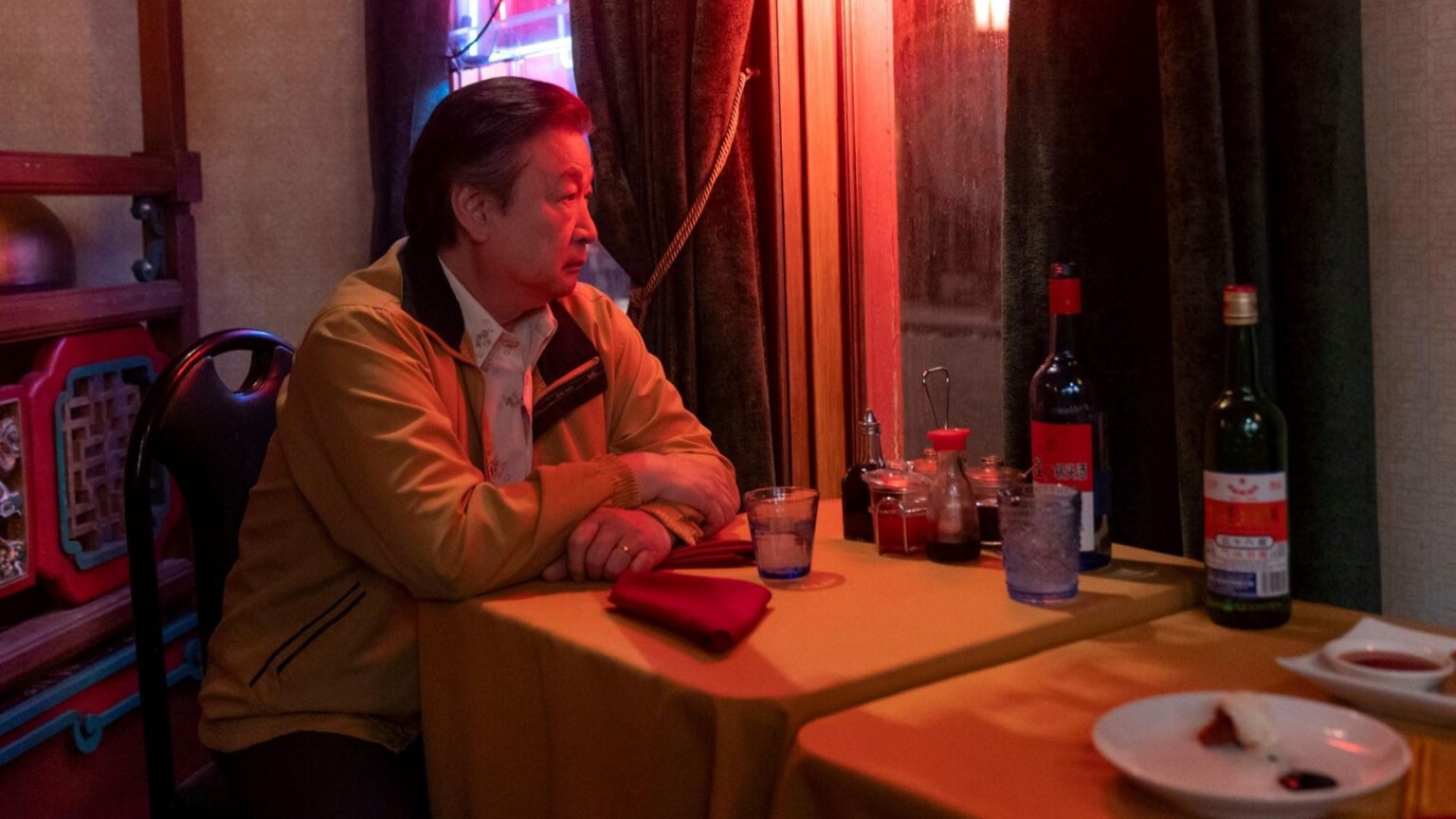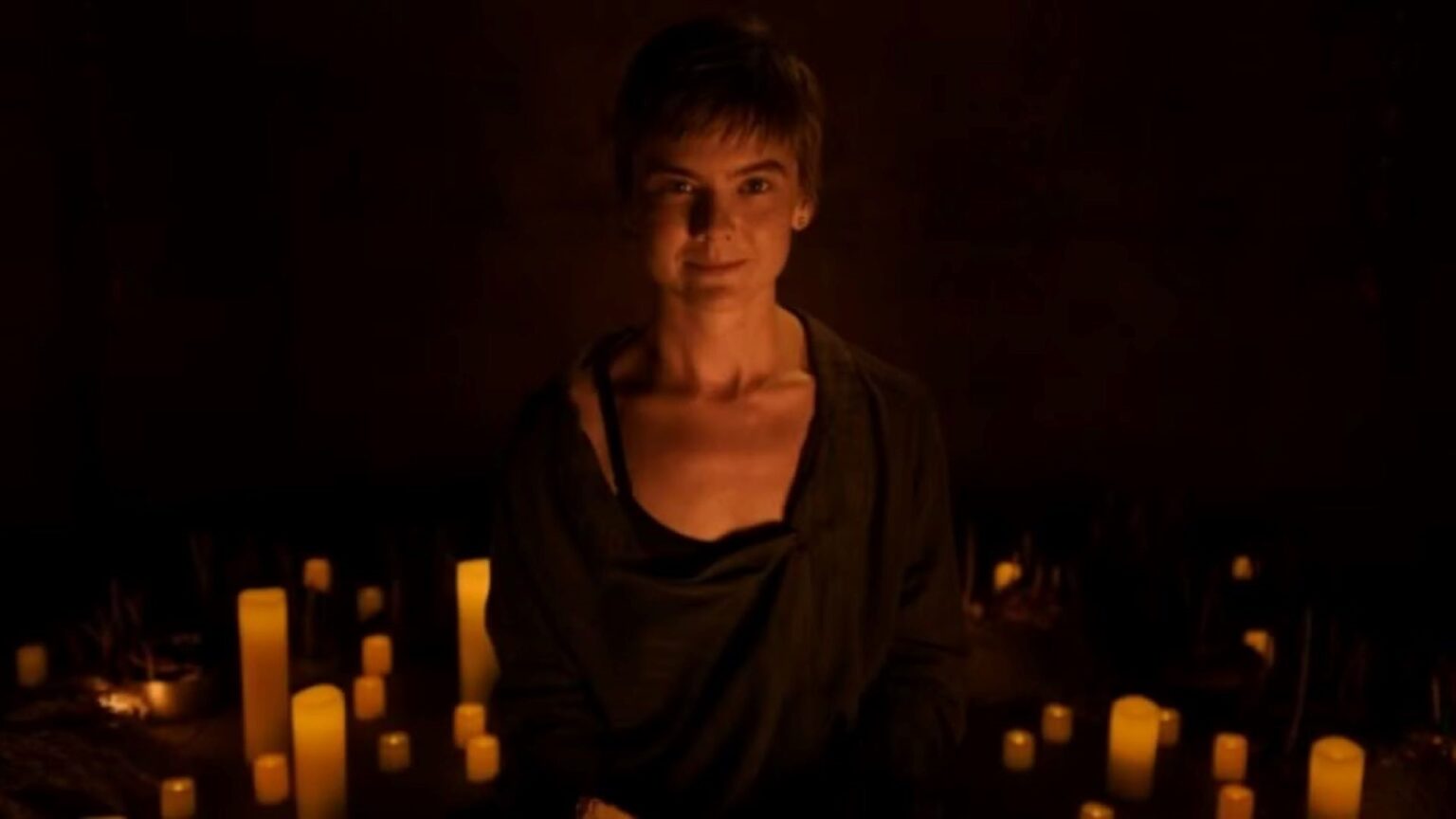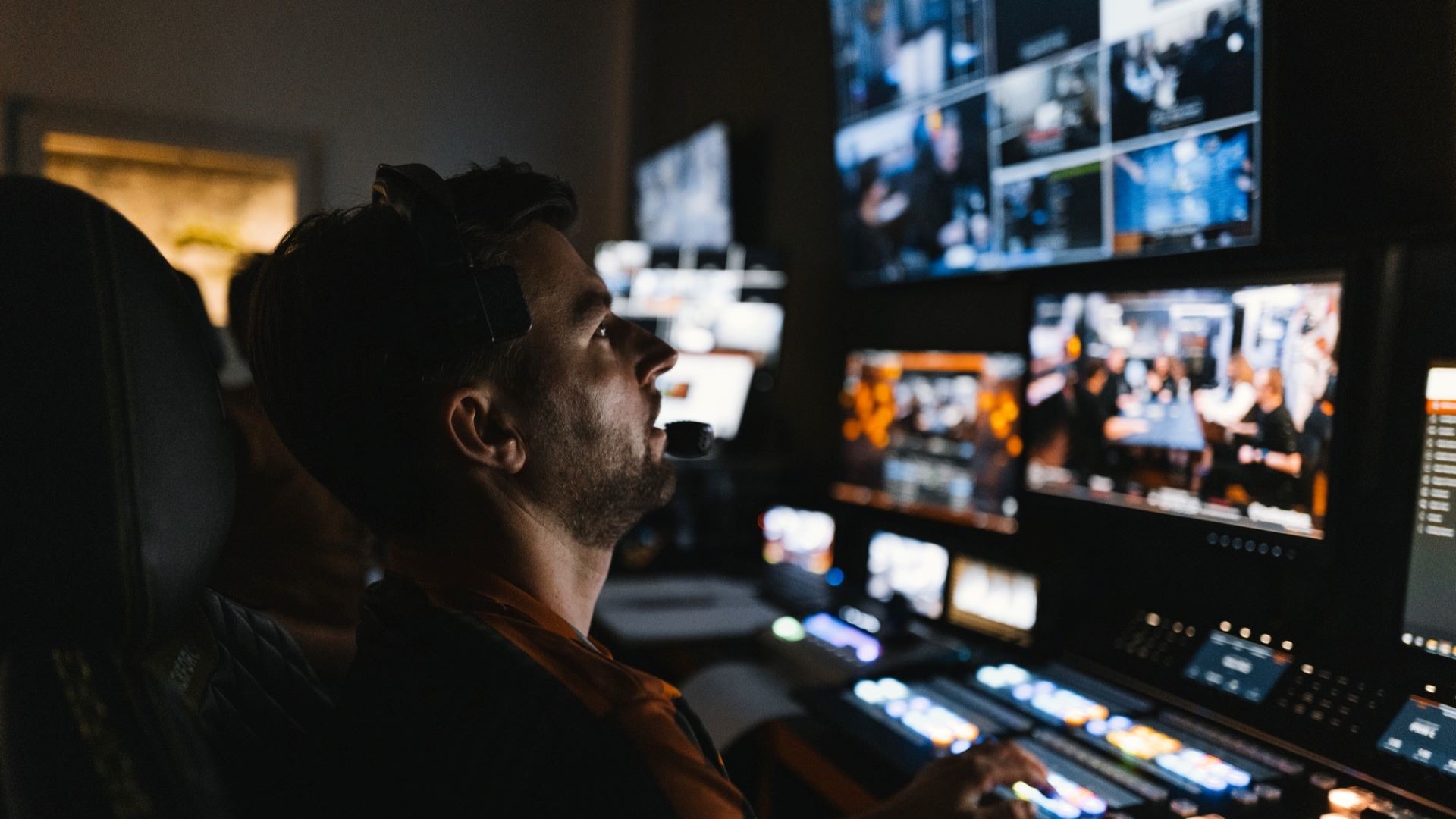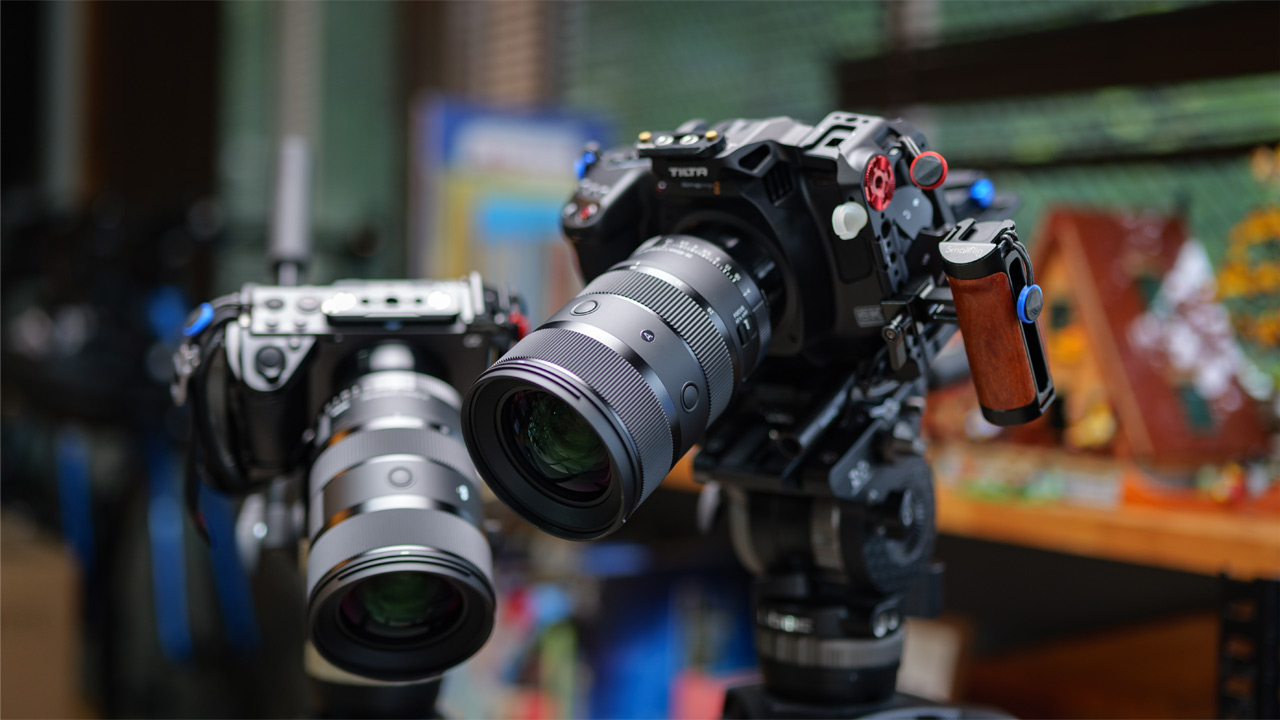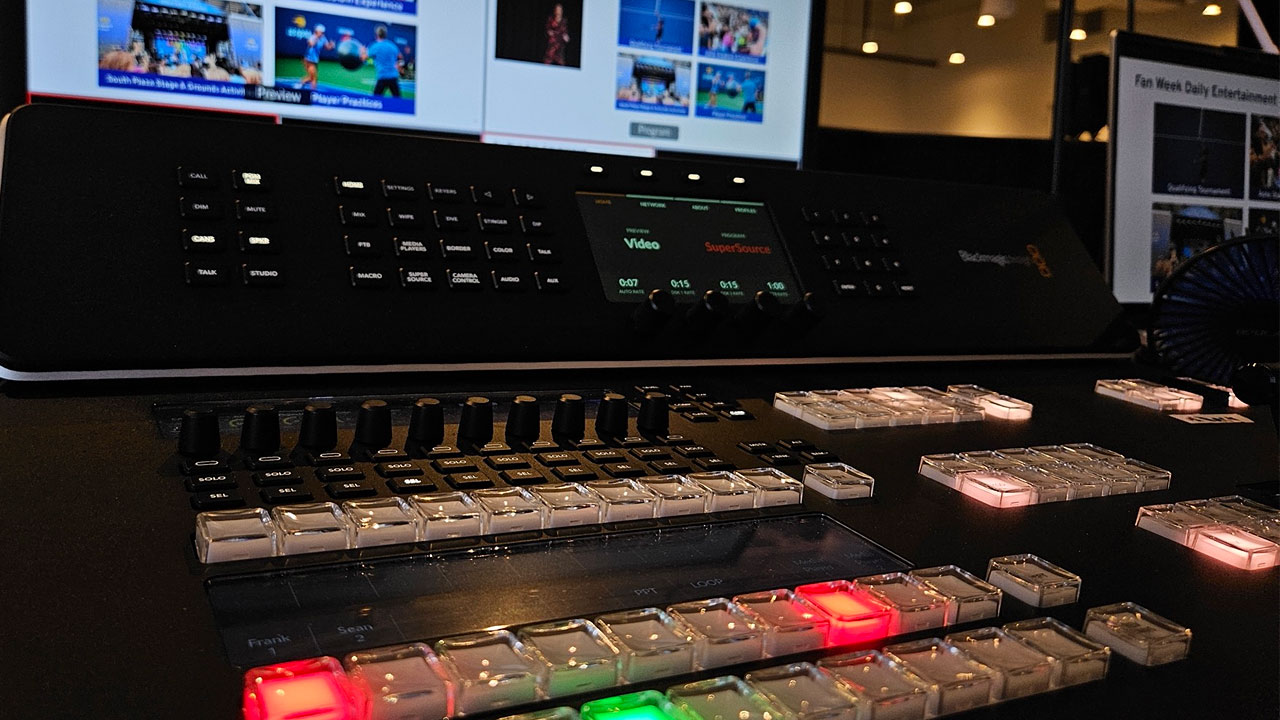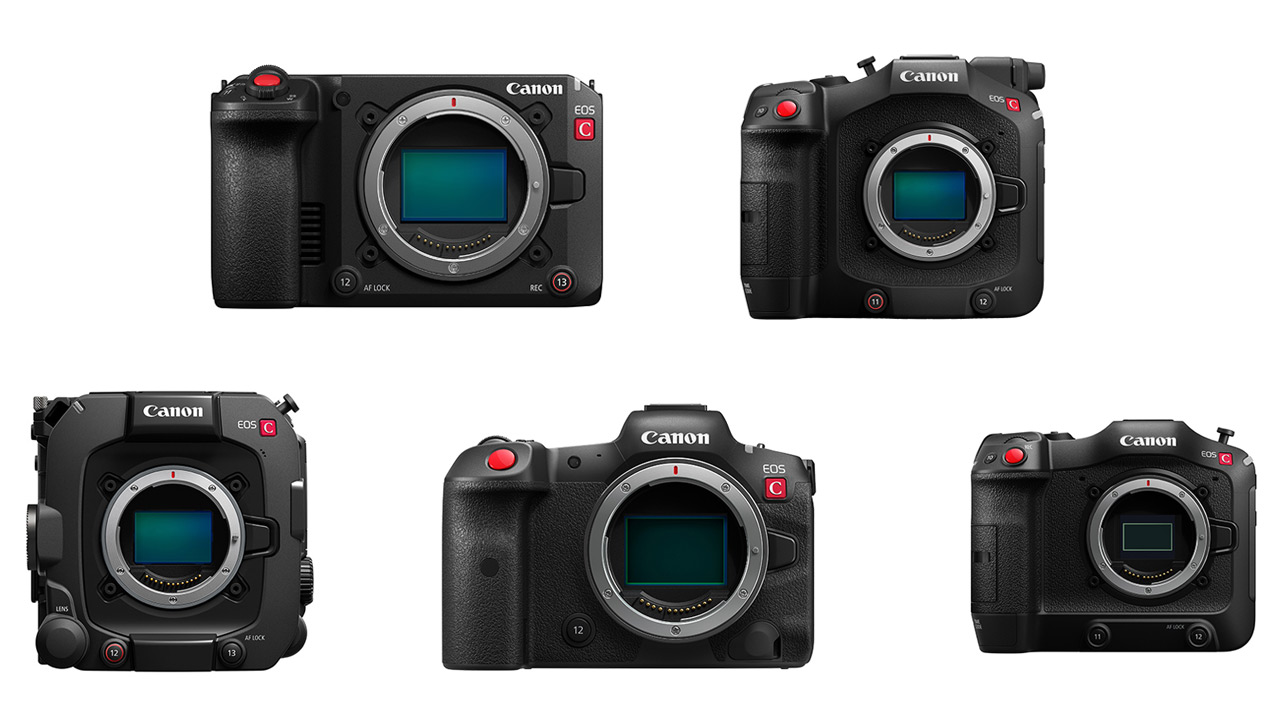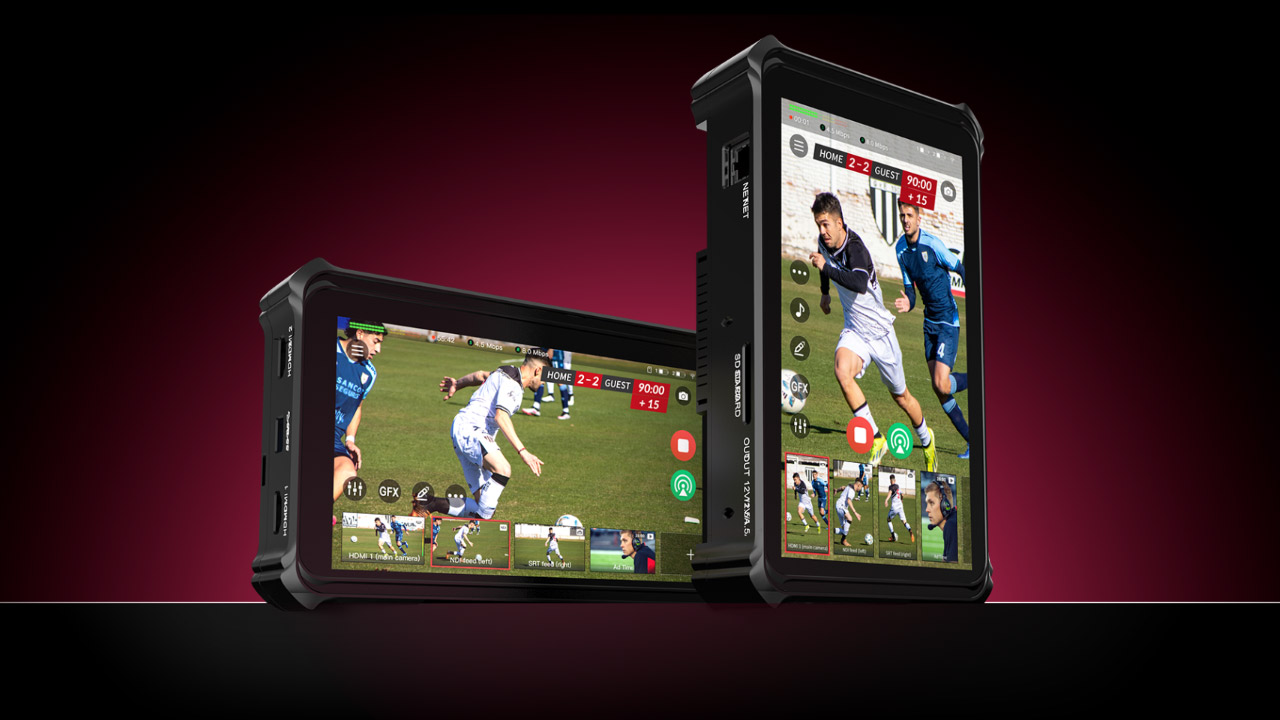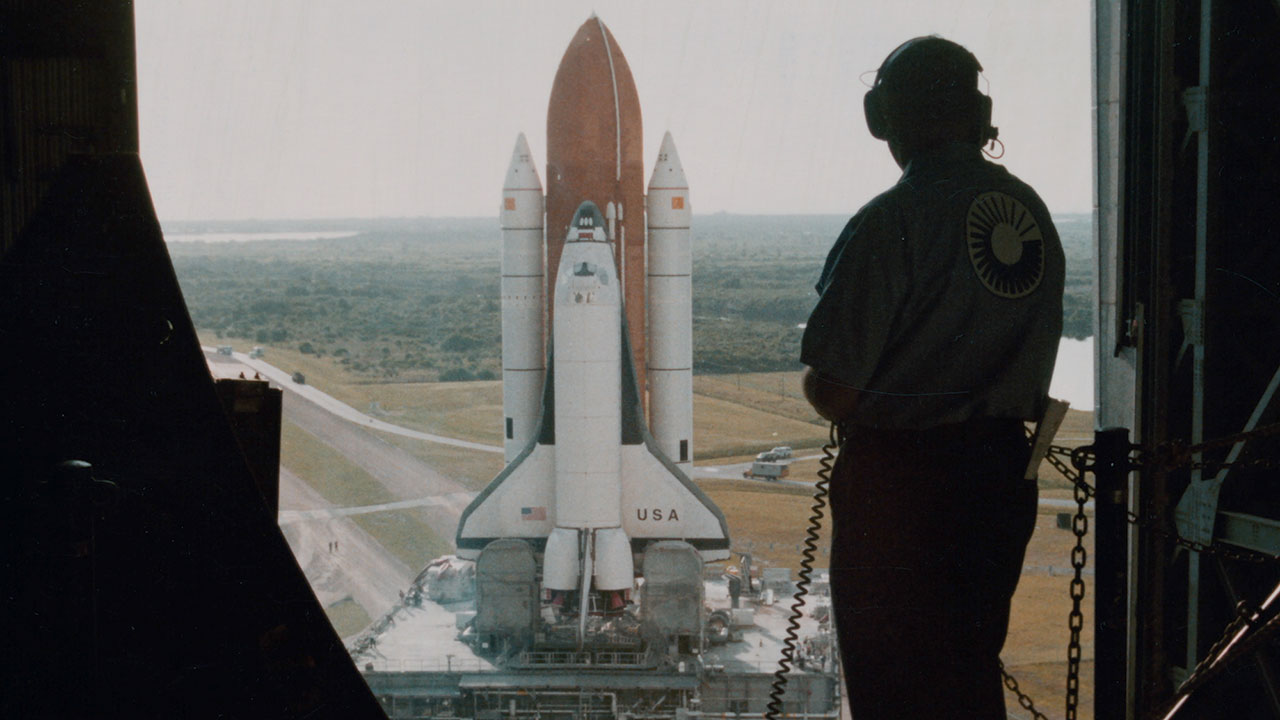
According to Blackmagic Design, the American Public Broadcasting Service (PBS) documentary “When We Were Shuttle” was shot on Blackmagic Pocket Cinema Camera 6K digital film cameras and edited, graded, VFX and audio production software DaVinci Resolve Studio. Used for color grading.
“When We Were Shuttle” is a documentary by PBS affiliate WLRN that explores the Space Shuttle program through the eyes of the six extraordinary men and women involved in its launch. Based on their memories and materials, this work unravels the human pattern that developed behind the plan, and by the end of 2011, the impact of the space shuttle plan on the lives of those involved is uniquely grassroots. It is projected from a different point of view.
Directed by Zachary Weil and photographed by Kyle McConaughey, the film will open in October 2022 at the IMAX Theater at Kennedy Space Center.
As a child, Weil said he loved spaceflight. Growing up in South Florida, he says his visits to NASA are still fresh in his mind.
Mr. Weil: I still remember the first time I went to the Kennedy Space Center as a member of the Boy Scouts. From the moment I arrived, I felt a very strong connection to this place and its history.
In 2019, he also produced the WLRN documentary When We Were Apollo. Since the work was well received, the station requested the production of the next work.
Weil: The space shuttle seems to be a very natural theme from this first work.

He said he had worked with McConaughey several times before and was already a very good colleague. With a variety of interviews and footage planned, and the need to use historical footage, the choice of camera equipment was clear to both of them. McConaughey commented:
McConaughey: We discussed several candidates, but the size and shape of the Blackmagic Pocket Cinema Camera 6K was a huge selling point. I wanted to capture as many of my subjects as possible in real life and work environments, so it was great to have the Blackmagic Pocket Cinema Camera as a full background without wearing anything and being unobtrusive.
This camera has a very user-friendly design. I was able to hold the camera in my hand and follow the subject. Looking at the footage, I at least got what I thought was shot with an Easyrig or some other serious stabilizer. The size and weight are perfect for handheld shooting.
Much of the shoot was a fast-paced shoot, but both wanted to capture as high a quality cinematic image as possible with as little storage as possible.
McConaughey: In addition to the beautiful images and camera size, using Blackmagic RAW for longer interviews changed everything. I shot in full 6K (6144×3456) fixed quality Q3 or Q5 and was amazed at how many hours of footage I could store on just one or two CFast cards.
Weil said he was happy that the interview turned out the way he envisioned it, given the camera’s compactness.
Weil: We wanted to make a film that felt very close and personal to the people we interviewed for this film. In the interview, I tried to avoid over-created settings and compositions. I learned a lot from the 60’s and 70’s documentaries. In those days, interviews were much simpler, often with a single camera and relatively close to the subject’s face.
In other words, it’s very basic and nothing extra. With my Blackmagic Pocket Cinema Camera 6K, I used a 1×1 panel light as a key light and softened it with a bounce card or negative fill.
We also used natural light from windows. This is partly due to my desire to shoot interviews in a very simple setup, but also because I chose the natural style of old documentaries instead of using a lot of lighting like in recent documentaries. is.

McConaughey graded the film himself using DaVinci Resolve Studio.
McConaughey: With Zach, we got a lot of inspiration for the look from the old materials we collected for use in this film. Most were 16mm film stock or Kodachrome for stills.
So we had a lot of conversations about creating and developing a look that would be completely opposite to the theme of this work, which is space. Space is a barren, cold environment. But in the end, I decided to go the opposite direction of that concept. I photographed and graded my subjects in a way that felt warm and intimate.
McConaughey also commented on the advantages of Blackmagic RAW during the grading stage.
McConaughey: This camera gives you post-production freedom. Blackmagic RAW preserves quite a lot of the highlights, so it helped to adjust the footage to a slightly retro look to match the archival material.
The subject matter itself was rewarding for Mr. Weil, but the fact that it had to be produced within a tight deadline also gave him a sense of fulfillment.
Mr. Weil: The request this time was to finish the production within one year. We didn’t have a lot of time to shoot a little bit, check the footage, change direction, etc. We had to streamline the preparation and production and shoot for a long time. This is very difficult in a documentary, but with great equipment and a great team, Kyle and I were able to complete an amazing film.
“When We Were Shuttle” is available at https://whenwewereshuttle.org/ . It will also air on American Public Television in early 2023.



